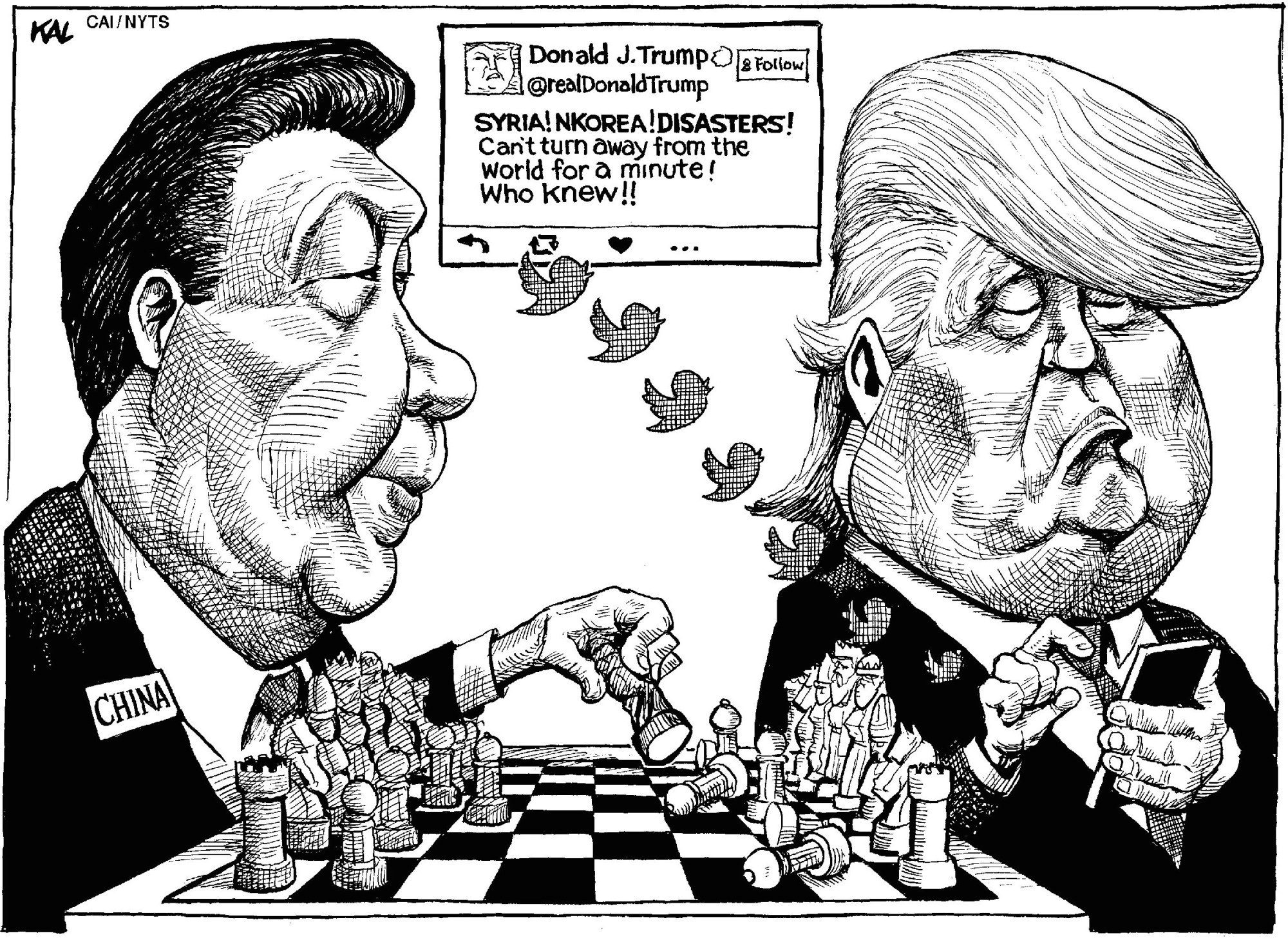Two recent events, apparently unconnected, highlight the fast moving readjustments to global geopolitical equations.
On May 1, the 19,500-ton helicopter carrier Izumo of the Maritime Self-Defense Force — Japan's largest post-1945 naval vessel — left the naval base in Yokosuka, Kanagawa Prefecture, to provide armed escort to a U.S. Navy supply ship off the Boso Peninsula in Chiba Prefecture. This marked the first operation by the MSDF to protect U.S. military vessels since the enactment of two new security laws in 2015 that loosened key constraints of the pacifist Constitution, allowing Self-Defense Forces personnel to guard vessels and weapons belonging to U.S. forces engaged in activities relating to the defense of Japan. The supply ship under Izumo's escort will refuel other U.S. vessels deployed in waters near Japan.
Meanwhile on April 26, China launched its first indigenously built aircraft carrier. Its first carrier, the Liaoning, was made from a retrofitted Soviet hull and launched on Sept. 25, 2012. Although primitive by U.S. standards, the launch of a home-built carrier marks both a symbolic milestone and a vital statement of geopolitical intent at a time when U.S. policy on Asia seems adrift without any coherent strategic intent and the new president is "sowing confrontations with allies," according to an article in The Wall Street Journal. Aircraft carriers will give operational content to shift China's maritime strategy from the defense of offshore waters to open-sea protection.



